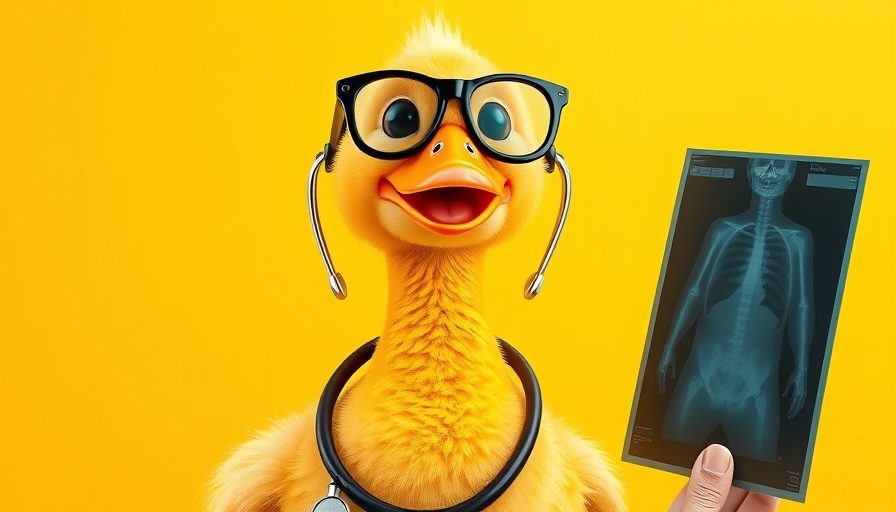
Your DNA and Privacy: The Stakes
In the wake of the recent struggles faced by 23andMe, including its bankruptcy filing and issues surrounding a massive data breach affecting millions of users, the importance of understanding personal data privacy has never been more pressing. With privacy advocates urging individuals to delete their accounts, this situation raises alarm bells for customers concerned about the security of their genetic information. After all, DNA isn’t just another piece of data; it’s an irreplaceable part of one’s identity.
The Process of Deleting Your 23andMe Data
While deleting your 23andMe account may seem like a straightforward process, it carries implications for what data is still retained. Customers should be aware that although the deletion is permanent and ensures that the company will not use your genetic information in any future studies, some data such as your birth date and sex will still be stored to comply with legal requirements. This nuance is critical as it highlights the need for individuals to weigh the full ramifications of removing such personal information.
Considering the Future of 23andMe
With the prospect of 23andMe being sold to new ownership, privacy advocates like Jason Kelley highlight the potential risks of data being acquired by less scrupulous entities. The assurances provided by 23andMe about data security and consent processes may not hold firm under a new regime, sending ripples of uncertainty through their existing user base. This scenario makes it imperative for customers to proactively assess their involvement with the platform.
Making Informed Decisions About Your Genetic Data
As individuals navigate their options regarding genetic testing services, it is essential to understand not just the current landscape but also the potential future of these companies. With the rising awareness around data privacy, users should take a stand by either reinforcing their account settings, deleting their data, or reframing their choices around genetic testing services altogether.
Final Thoughts: Take Control of Your Data
In a world where digital privacy is increasingly at stake, the decision to delete your 23andMe data isn’t simply about opting out of a service. It is an assertion of control over your genetic information and a stand for privacy in the age of technology. Users are encouraged to become advocates for their data by understanding their rights and the implications of the services they choose. Now is the time to educate oneself about personal data ownership and security.
 Add Row
Add Row  Add
Add 




Write A Comment